04. BioChromes¶
Research¶
Indigo holds a prominent place in the Middle Eastern culture and history, with its use extending beyond simple dyeing to encompass traditions, art, and craftsmanship. Its deep blue color, cultural significance, and diverse applications make indigo an integral part of the region's heritage and identity.

For many years, Jordan has been exporting natural dyes to nearby countries. They grow, ferment, and dry the indigo plant in Jordan's Ghour Valley. The word 'indigo' comes from the Greek word 'Indikon,' referring to India where this dyeing technique originated. Indigo creates deep blue and black shades that stay vibrant even after many washes. You can spot indigo in the clothing of people in Jordan, Palestine,Gulf Countries and Syria.
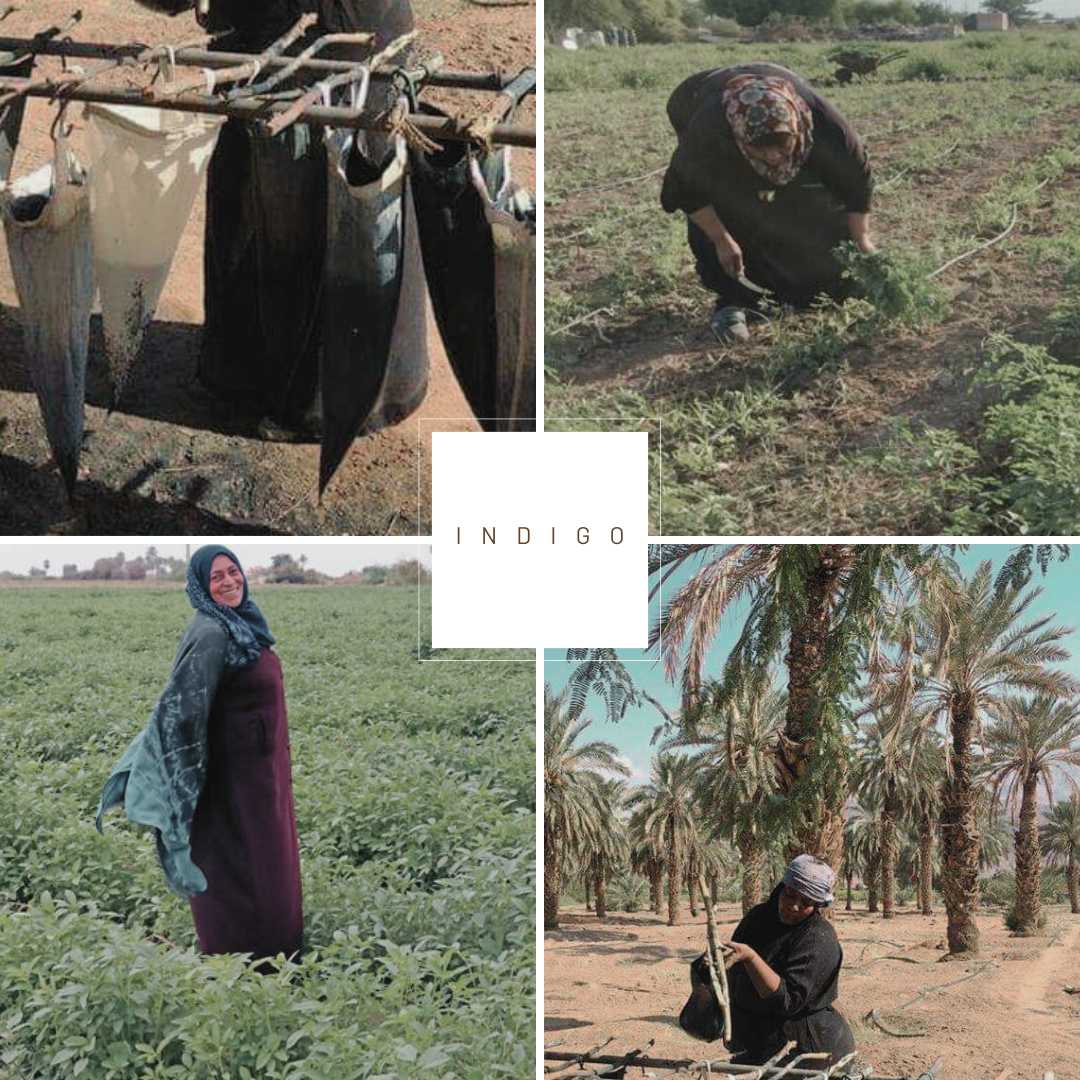
Wadi Rum, with its striking red stones, has a unique historical connection to the world of cosmetics, particularly in the creation of blushers and makeup pigments. The deep, natural red hues found in the iron oxide-rich rocks of this desert region were utilized as a source of pigments for makeup products in ancient times.
The vivid, earthy colors provided by the red stones made them an ideal choice for creating blushers, lip colors, and other makeup pigments. The iron oxide, also known as ochre, served as a natural and vibrant source of color for enhancing one's appearance. It's fascinating to consider that the same captivating landscapes that define Wadi Rum today were once a source of beauty enhancement for the people of the past.
Natural Pigments: The colors and pigments found in the rocks and sand of Wadi Rum have been used by the Bedouin people as a source of natural dyes for centuries. These pigments can be extracted and processed to create various colors that were traditionally used for decorating textiles, pottery, and even body painting. While these natural pigments may not be used as modern cosmetics, they have historical importance in the region's cultural practices.

Throughout history, people crossed continents in pursuit of vibrant natural dyes, including the Middle East and Morocco, where cochineal, a dye derived from scale insects, was highly sought after. These dyes, ranging from somber blacks to deep purples, were used in textiles across the Middle East and North Africa. Initially resembling food stains, these colors formed lasting bonds with cloth fibers. As societies sought more vibrant dyes, the science of mordants, binding agents that improved color fastness, emerged. Techniques and recipes for these dyes, including the use of cochineal in the Middle East and North Africa, became renowned and widely shared. Cochineal, specifically, was a sought-after source of red and crimson hues, extracted from the crushed bodies of scale insects and used in textiles and crafts in the region.

Tools¶
Process and workflow¶
For our initial experiment with color dyes, we have chosen to work with red onion skins on various fabrics like cotton, wool, and linen.
Ingredients & Recipes ( Red Onion skin )¶
1. Weighting¶
* 50 gr Red Onion Skin
* 144 gr Cotton
* 22.5 gr alum
* 20 gr Soda

2. Scouring¶
- Plant fabric: add 2 tablespoons of baking soda to 2 liters of warm water and stir the cotton in the solution until the baking soda is completely dissolved.
- Animal fabric: Wool is washed with a detergent solution to remove dirt and grease.
- The process involve soaking, washing, and rinsing to ensure thorough cleaning.




3. Mordanting¶
- In the last phase of preparing plant-based fabrics, alum is employed as the mordant agent, applied at a concentration of 10-15% of the Weight of Fabric (WOF). The fabric is simmered in the alum solution for 30 minutes to improve dye absorption and ensure colorfastness.
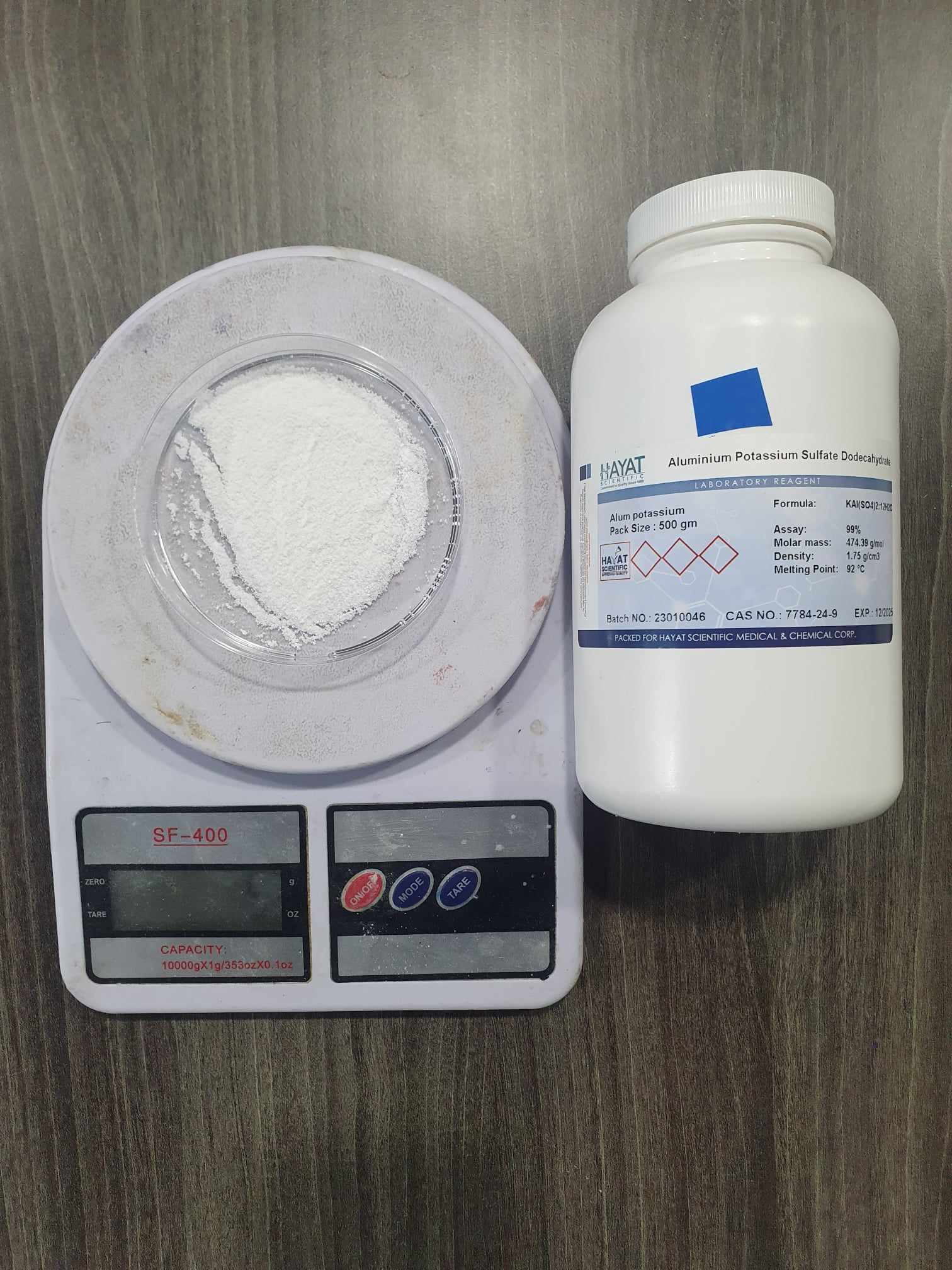
4. dye Bath¶
To create an onion skin dye bath, collect red onion skins and simmer them in a pot of water for at least an hour, periodically stirring. Once the desired color is achieved, strain out the onion skins, submerge fabric or yarn in the dye bath, and simmer for an additional hour. After cooling, rinse the dyed material thoroughly with water until it runs clear.
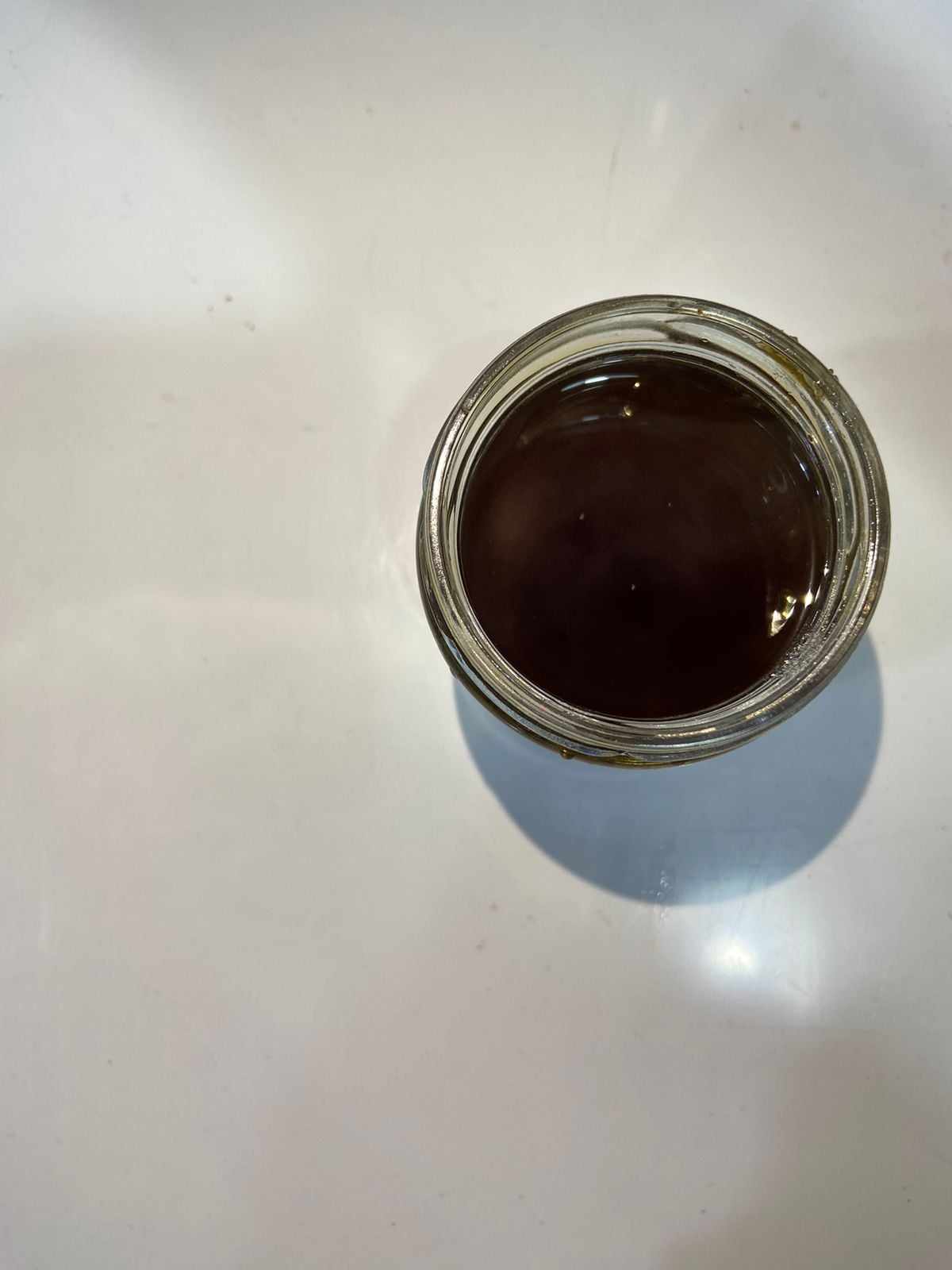

5. Modifying¶
* Iron - 1 % of the total weight of the textile
* Lemon - 1 % of the total weight of the textile
* vinegar - 1 % of the total weight of the textile

Results¶

Ingredients & Recipes ( Red sand & Acorns )¶
Step 1¶
weight and clean
* 50 gr Red sand
* 90 gr Acorns
* 144 gr Cotton
* 22.5 gr alum
* 20 gr Soda
Step 2¶
let it sit for hour - add to mordant bath
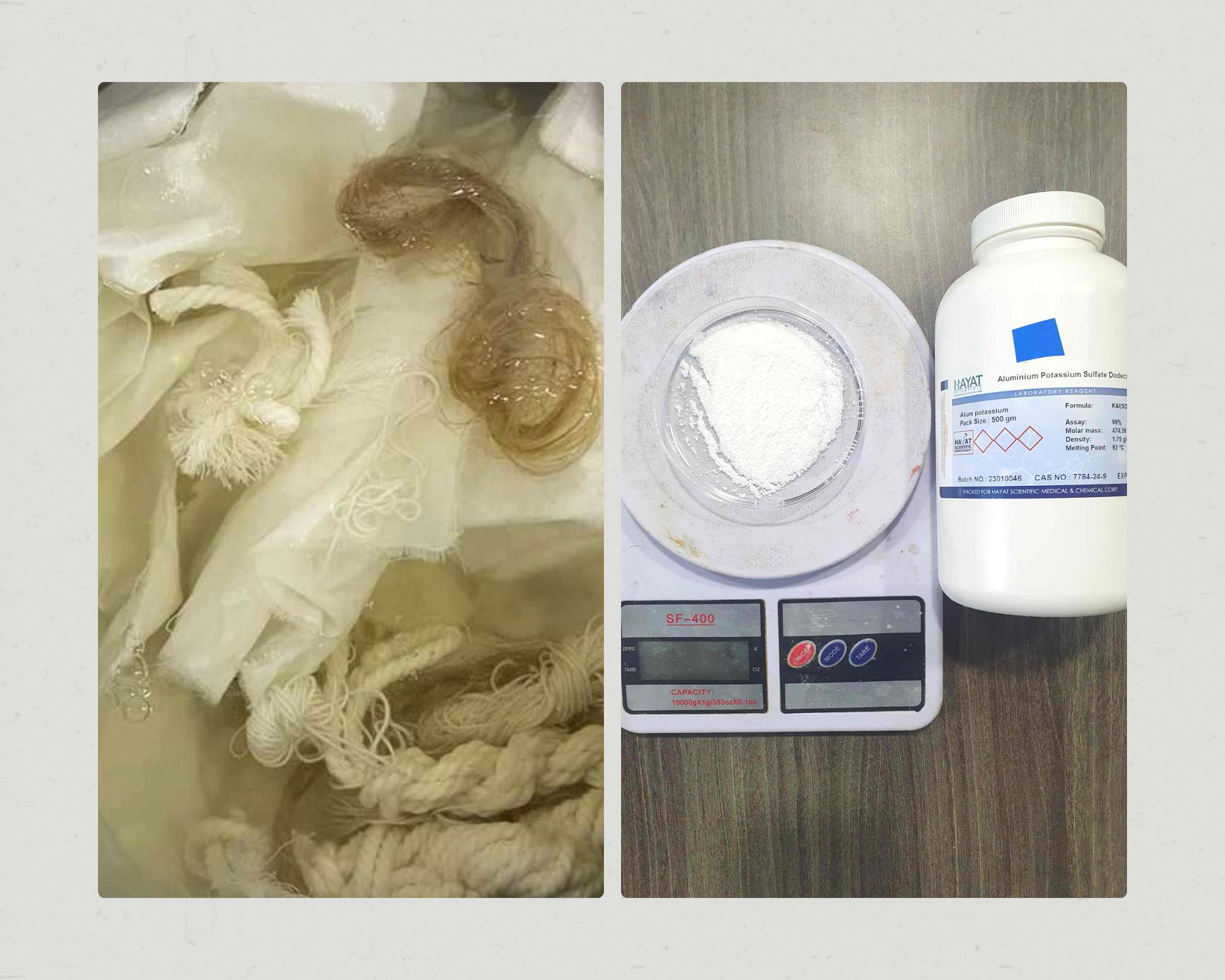
Step 3¶
prepare dye solution
grinding the rocks into fine powder and mixing them with water. The mixture is heated to dissolve the minerals, releasing their pigments. Mordants or modifiers may be added for desired effects. The resulting dye bath yields rich colors suitable for textile dyeing.
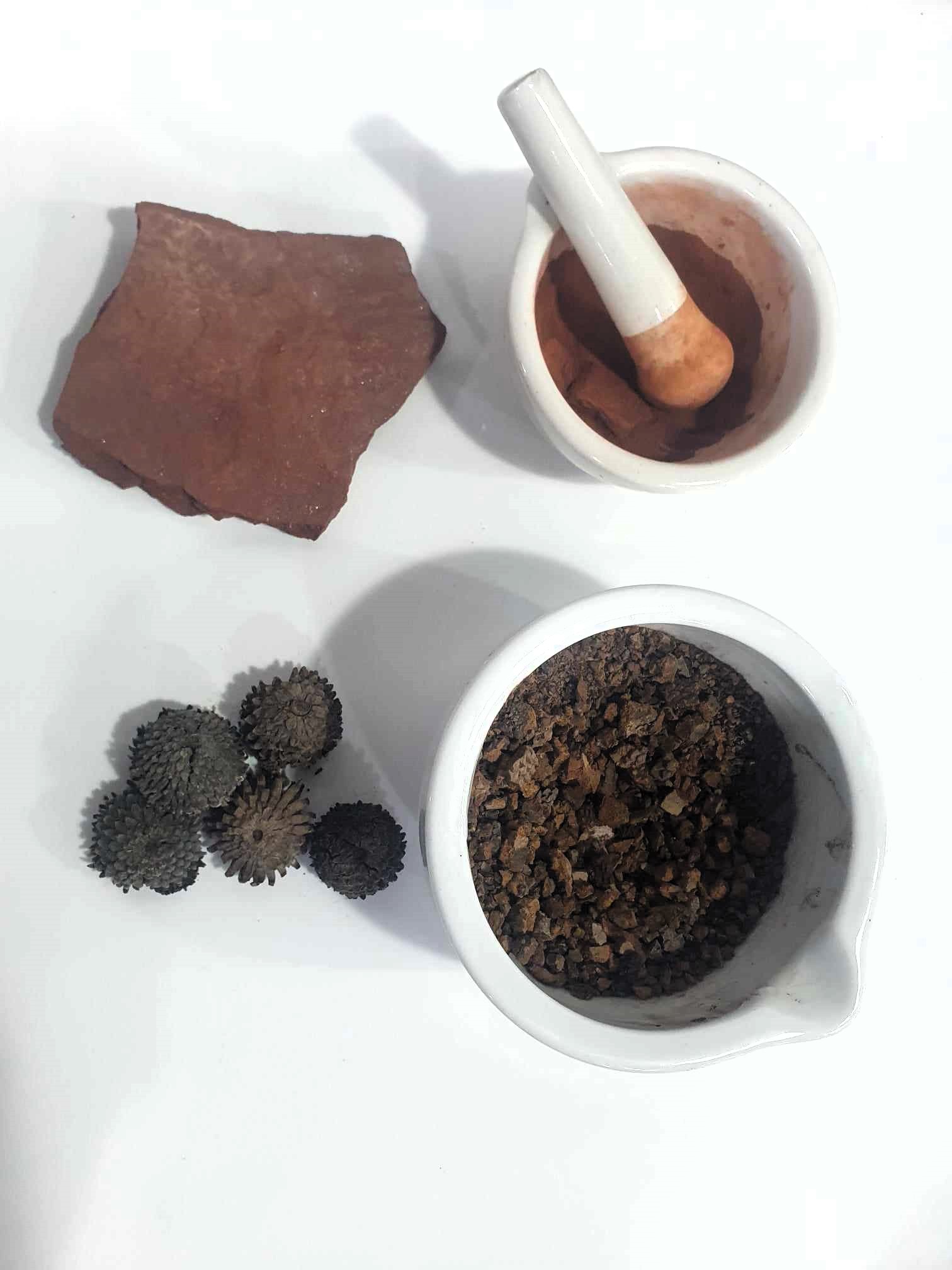
Step 4¶
pour dye solution into dye bath
Step 5¶
add the fabric and turn on the heat
Step 6¶
check the pH. The ideal pH level for dye bath should ranges between 5 and 7. Maintaining the pH within this range helps ensure optimal color absorption by the fabric. pH levels outside of this range can result in uneven or undesirable color outcomes
Step 7¶
Remove and rinse - over dye optional
I experimented with combining both sand and acorn dyes, in addition to dyeing them separately. The process involved creating distinct dye baths for sand and acorns, exploring the unique color
In my dyeing experiments, I used iron with sand and iron with indigo as modifiers. Iron and sand produced earthy tones, while iron with indigo created unique dark blue transformations reactions.

I dyed fabric using indigo by dissolving its powder in water and directly immersing the fabric into the solution. This straightforward process.
Creating Inks¶
Experimenting with the addition of various modifiers to create new shades and colors while making inks from red sand and roselle. Creating inks from sand and roselle involves extracting natural pigments from these materials. After collecting clean sand and harvesting roselle calyces, the pigments are extracted through grinding and processing. Separate dye baths are created for sand and roselle, allowing the pigments to steep and create vibrant, natural inks. Straining removes solid particles, and optional experimentation with modifiers can further enhance color variations. The resulting inks, rich in unique hues, can be stored for artistic use, offering a sustainable and creative approach to ink-making.
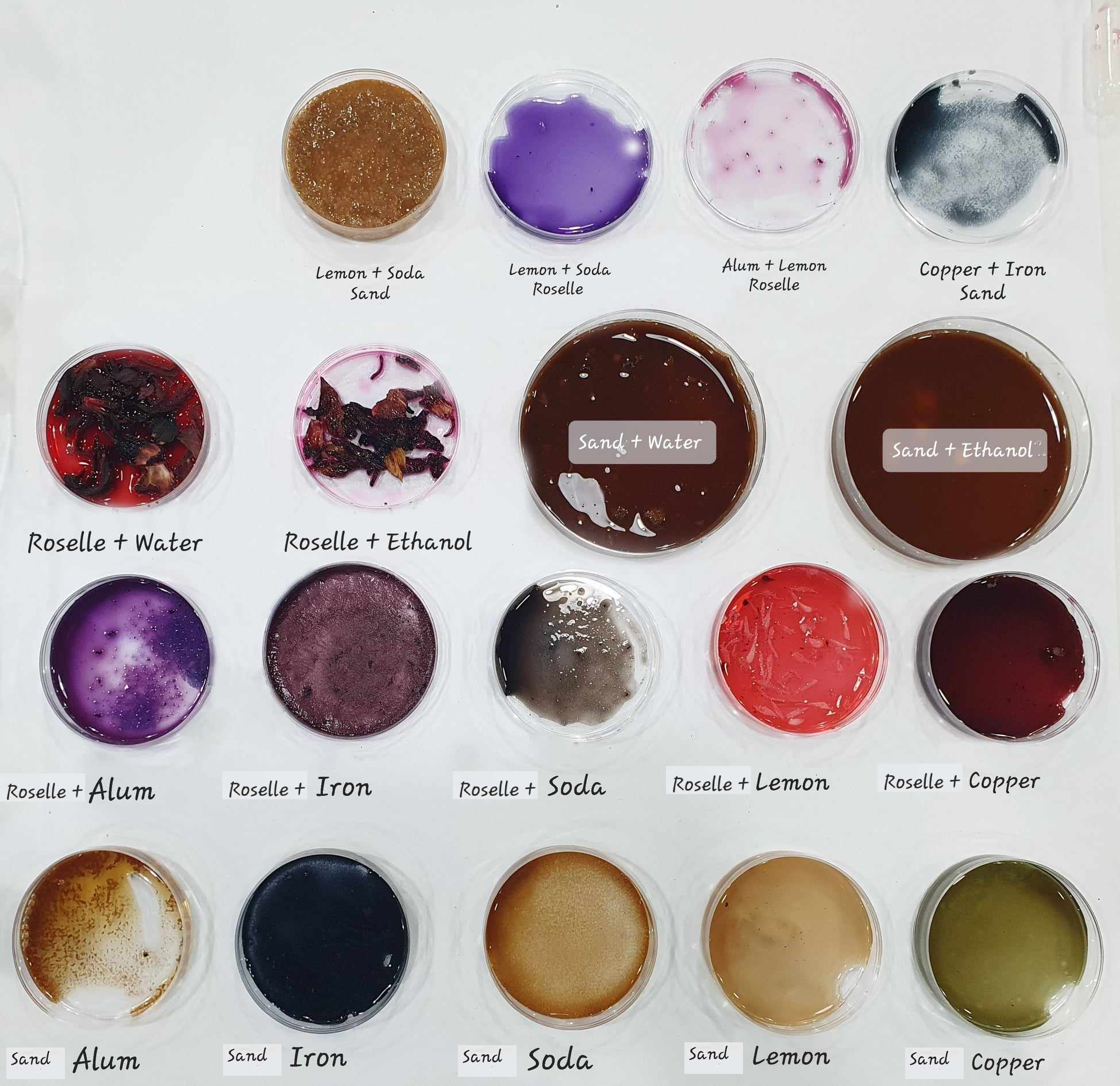
Ingredients & Recipes¶
-
Prepare Materials: Obtain clean red sand and fresh roselle calyces.
-
Extract Pigments: Grind red sand and roselle separately for pigments.
-
Create Dye Baths:Set up separate baths for red sand and roselle.
-
Steep Pigments: Let pigments steep in baths for vibrant colors.
-
Strain Solution: Remove solid particles from the dye.
-
Modify for Variation: experiment with modifiers such as iron, alum, lemon, copper, or ethanol for color enhancement.
-
Store Inks.
Creating pigments¶
Recycling the dye into pigments¶
Creating inks and pigments from a red sand dye bath sourced from Wadi Rum involves extracting colorants from the unique geological features of the region. Red sand, likely rich in iron oxides, serves as the primary source. The process begins by collecting the red sand and creating a dye bath by simmering it in water
Ingredients & Recipes¶
* 3 gr soda
* 6 gr alum
* 300 ml Red Sand dye Bath
Step 1¶
Dissolving alum in distilled water. Using heat source to aid dissolution, but avoid boiling. Stir the solution until the alum is fully dissolved.
Step 2¶
Preparing Pigment Source and combining Alum Solution and Pigment Source.
Step 3¶
Precipitation Reaction: Gradually adding soda (sodium carbonate) to the mixture and allow the mixture to settle.

Step 4¶
Straining the dye bath using coffee filters.

Step 5¶
Allowing the pigment to dry overnight.
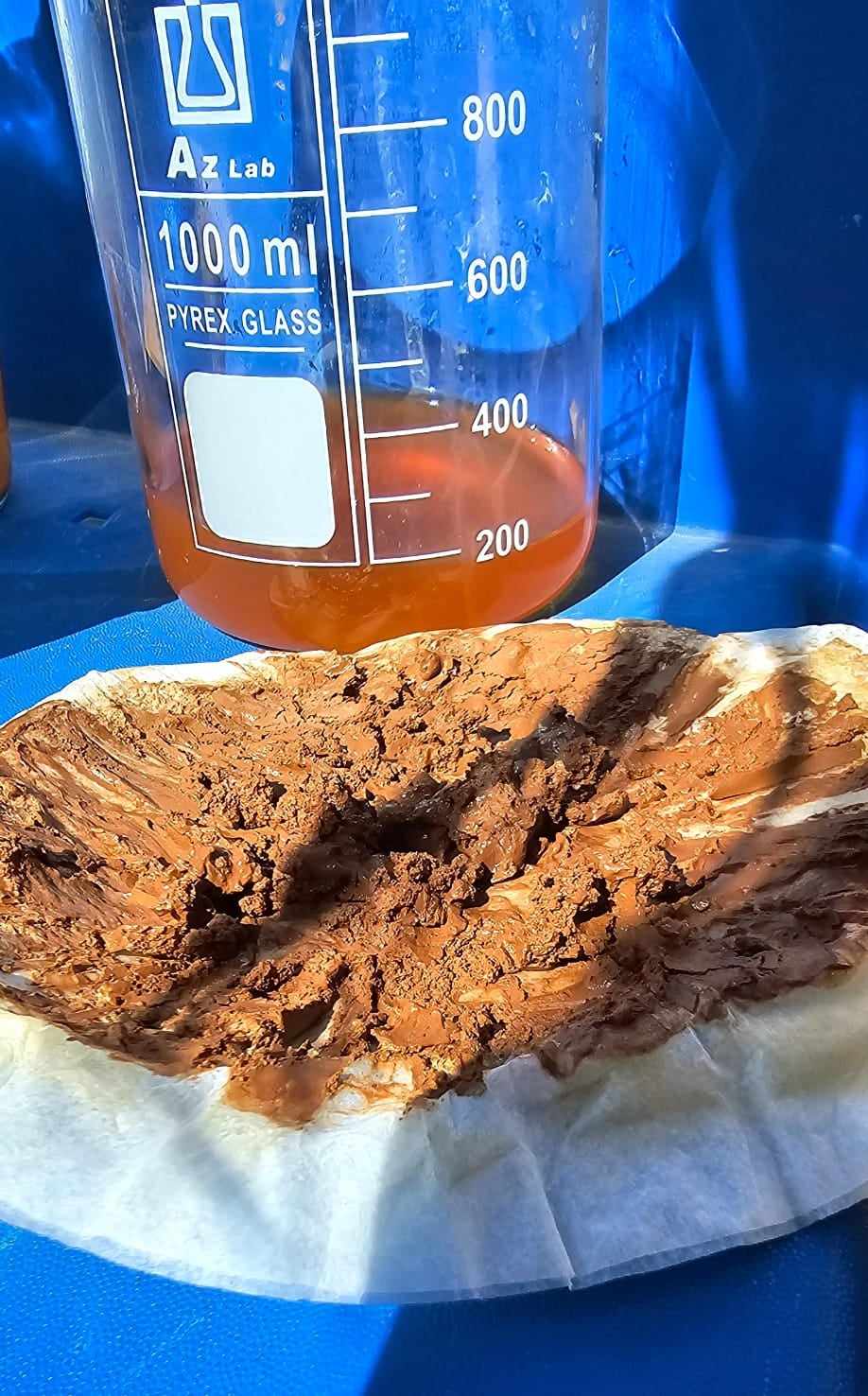 ¶
¶
Result¶
As the ultimate result, I chose to craft a painting using the inks I had prepared, blending the rich hues of red Wadi Rum sand with the deep blue of indigo.
